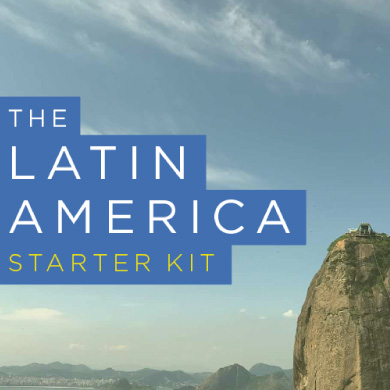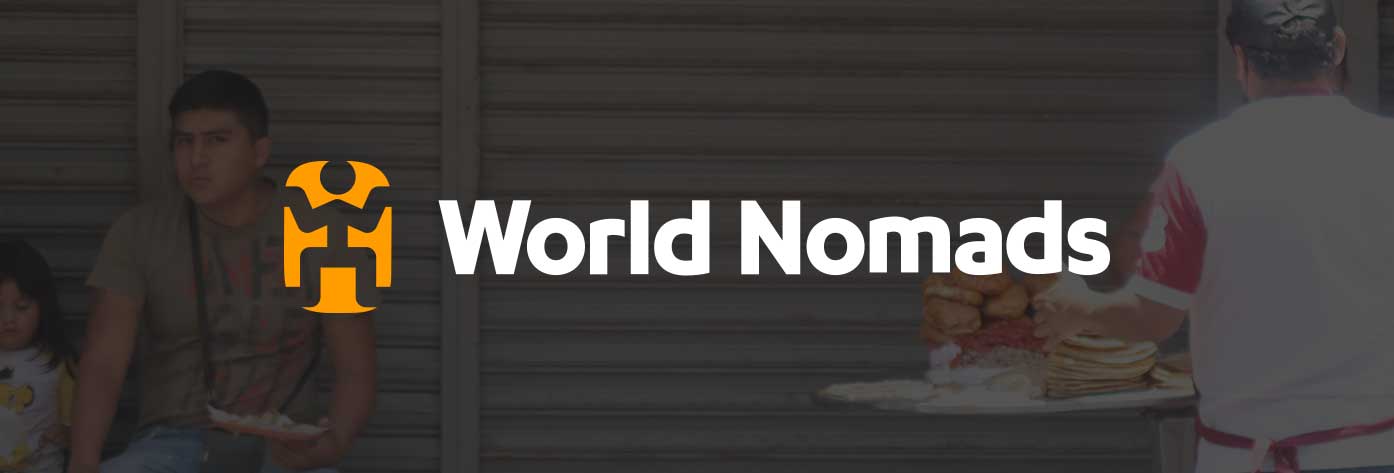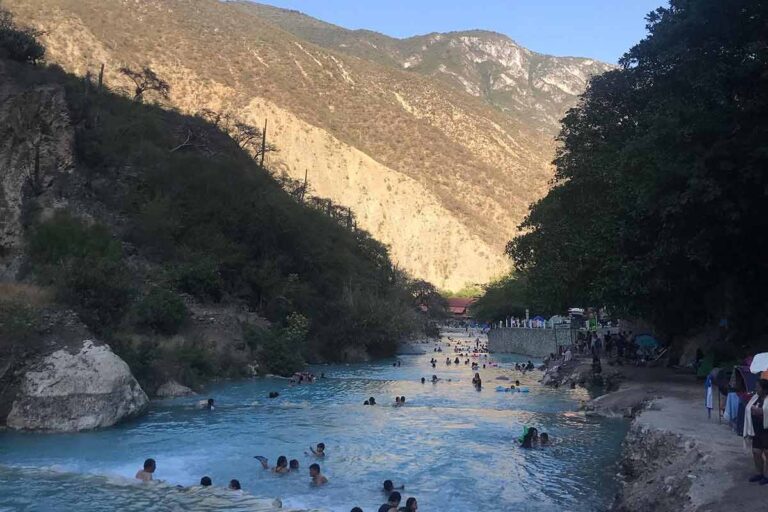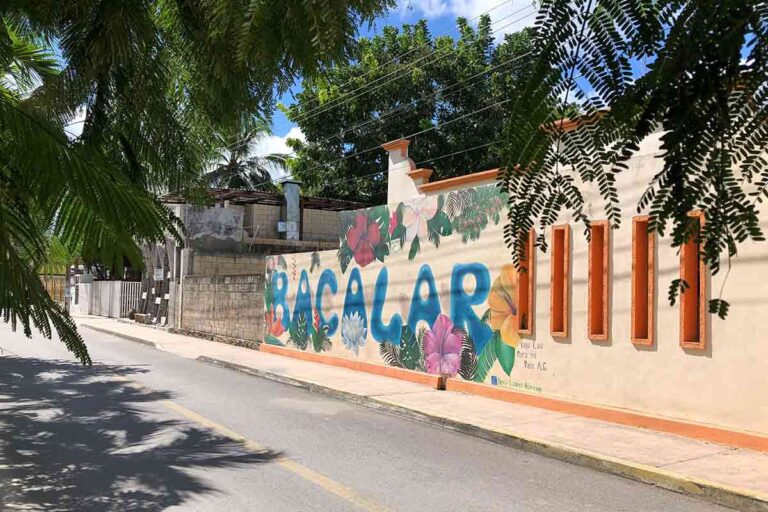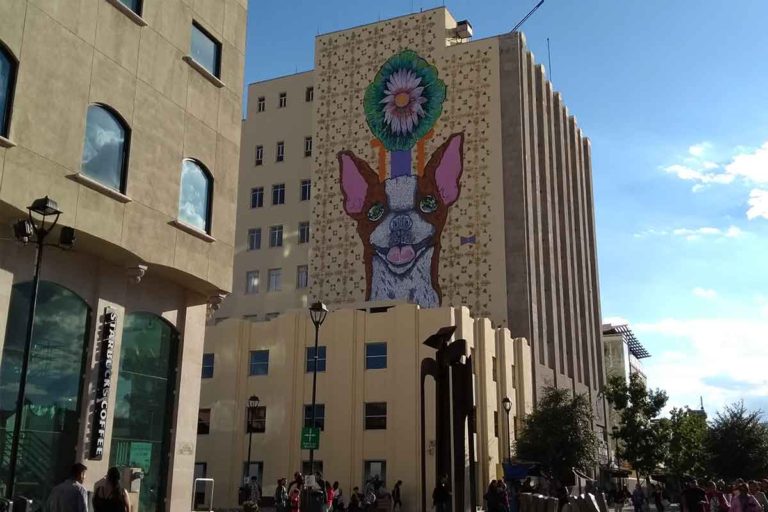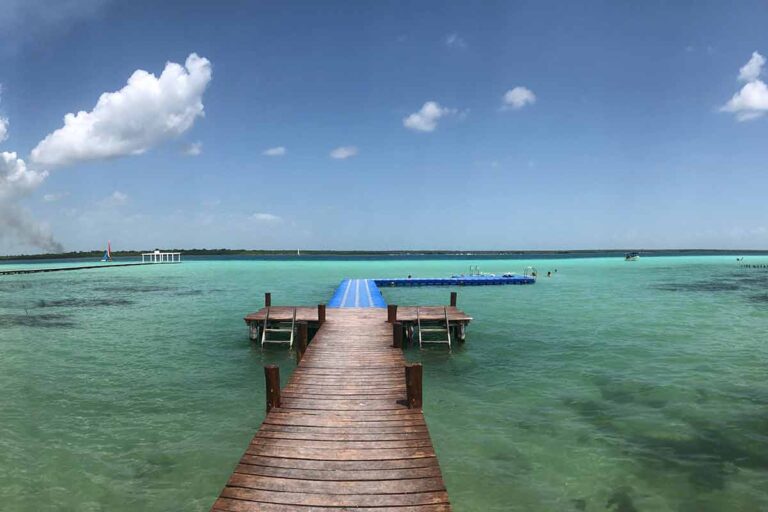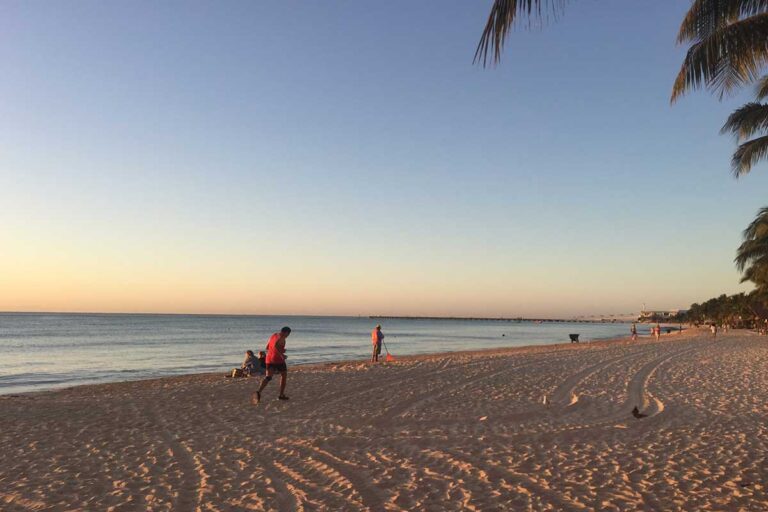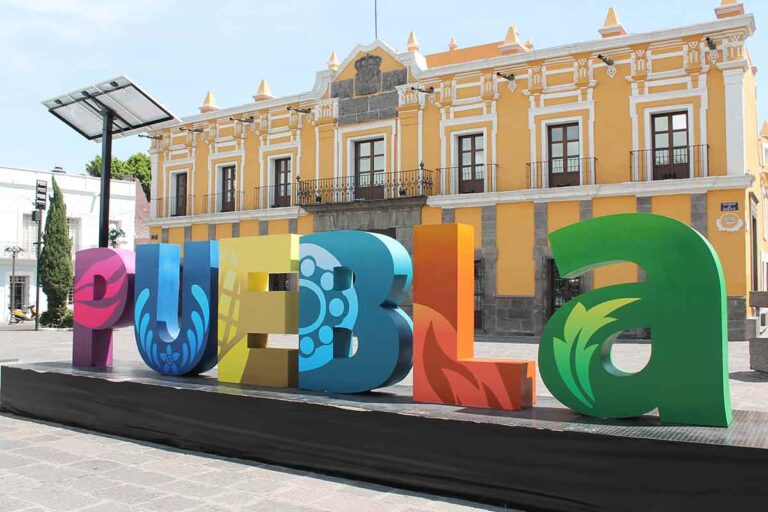Copper Canyon Mexico Guide
Are you looking to explore the Copper Canyon in Mexico?
Located in the North of Mexico, The Copper Canyon is a vast wilderness full of adventure and beautiful scenery.
It’s four times larger than The Grand Canyon, and in some areas even deeper!
Copper Canyon in Mexico
In this compact guide, we’ll take a look at The Copper Canyon, how to get there, the best things to do and see, the best time to visit as well as our tips to get the most out of a trip to this stunning region.
Why Travel to The Copper Canyon?
The Copper Canyon is one of the true natural wonders of Mexico.
Spread out over the state of Chihuahua, this region is full of dizzying peaks, other-worldly landscapes and roaring waterfalls.
The indigenous Rarámuri tribe lives here as well. They are infamous for their ability to run hundreds of miles in a few days… sometimes even barefoot!
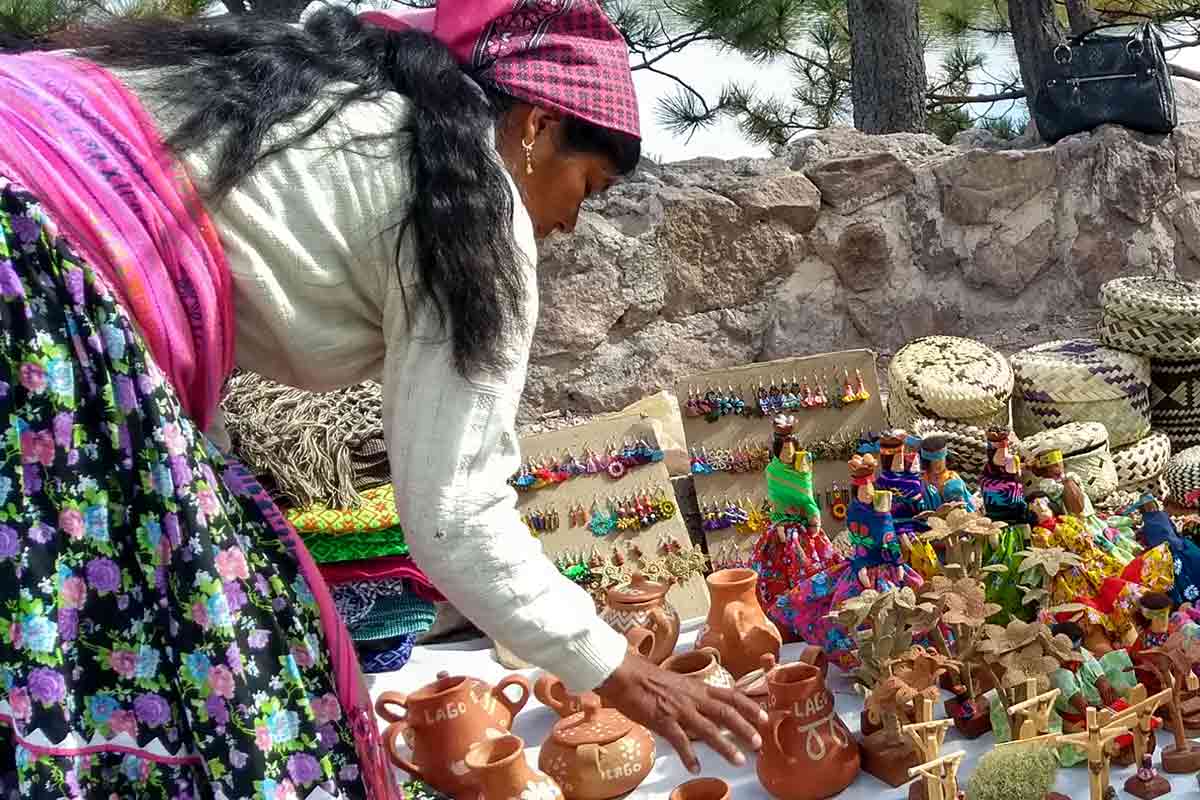
In some areas such as Guachochi, it’s possible to meet them, learn about their unique culture as well as look at some of their beautiful handmade crafts.
The Copper Canyon is also the perfect destination for adventure travelers and thrill-seekers. The zip-line in Divisadero is 2.5km long (one of the longest in the world) and at times suspends more than 450 meters over the canyon!
There are also tonnes of hiking paths and areas for mountain biking.
Then we have the El Chepe Train which runs through The Copper Canyon. There are over 8 different stops here, which run from Chihuahua City through to the coastal city of Los Mochis in Sinaloa.
Given the number of memorable sceneries and experiences, you’ll have here, be sure to bring this High-Quality GoPro with you
How to Get to The Copper Canyon
Whilst The Copper Canyon is gaining more and more notoriety, it’s still a pretty difficult region to reach.
If you plan to add it to your Mexico itinerary note that there are no airports here, so you’ll need to enter via either the Sinaloa or Chihuahua sides.
The El Chepe Train is the easiest way of entering the region, and also for getting around. It starts from Los Mochis on the coast, and makes 8+ stops until it retires in Chihuahua City, and runs both ways.
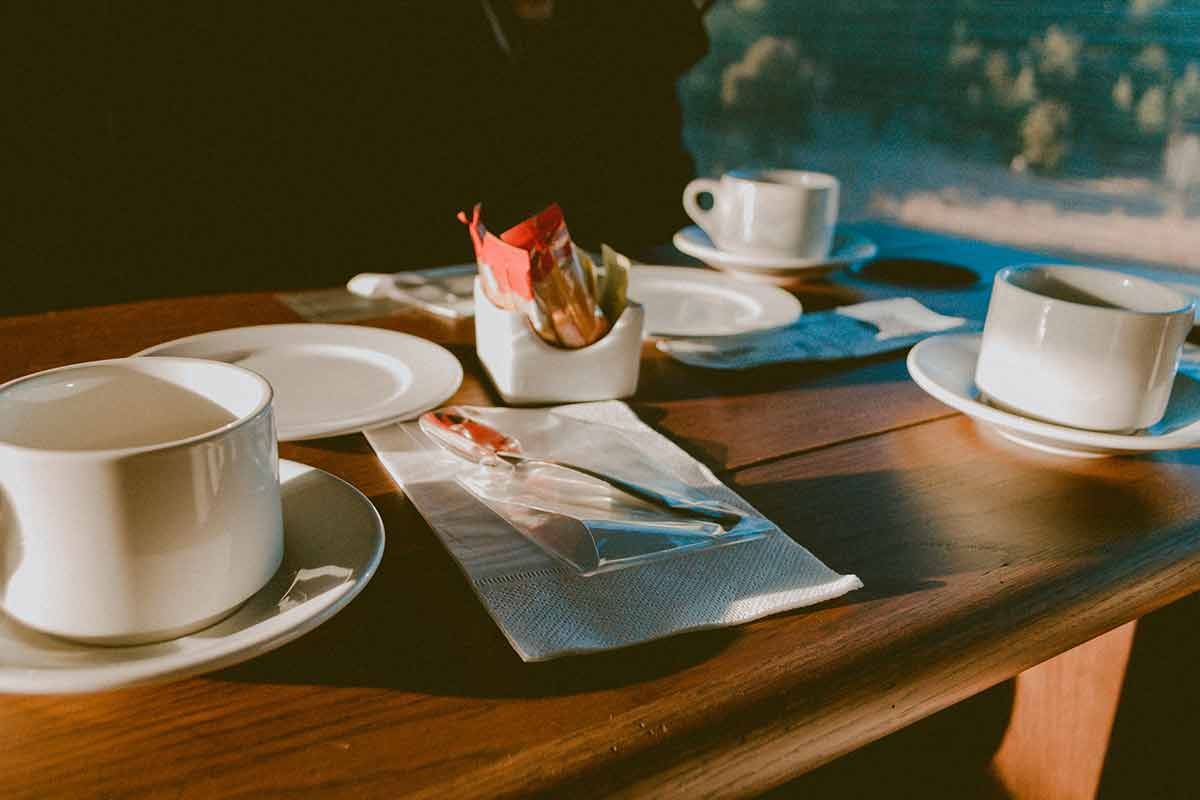
The train is quite comfortable, although I recommend bringing some layers as the train can get quite cold (and as you’ll see later, the region can also dramatically drop in temperature come the evening).
You can also drive to explore the Copper Canyon. We didn’t do this, however, if you do you’ll need a permit (for a small price) to enter the region.
The harder-to-reach gems such as Guachochi and The Basaseachi National Park can also be reached by car, with the latter requiring a pretty lengthy route to access.
For there, it’s best to hop on a tour where they’ll handle all logistics, so you can sit back and enjoy.
Things to do in the Copper Canyon
Now let’s explore the different things to do and see in The Copper Canyon. The following areas are all stops along the El Chepe railway and are written in no particular order.
Divisadero
The most popular area to visit, Divisadero is a small town that is perched on the edge of the canyon. Here you can find The Copper Canyon Adventure Park, which is home to the legendary zip-line.
Here you can also walk across one of many hanging bridges that have incredible views from below, as well as the miradores (viewpoints) to peer out into the Canyon.
Aside from the actual activities and gems to visit, staying at one of the hotels that creep almost too close for comfort to the edge is an experience in itself.
We recommend heading on this awesome day tour, where you’ll visit several miradors, the infamous fertility stone as well as having time in the Copper Canyon Adventure Park
Creel
This town is one of the most popular areas to stay within The Copper Canyon. It’s here where the best restaurants and tour companies are located, so it’s a good area to set up base camp and then explore the region.
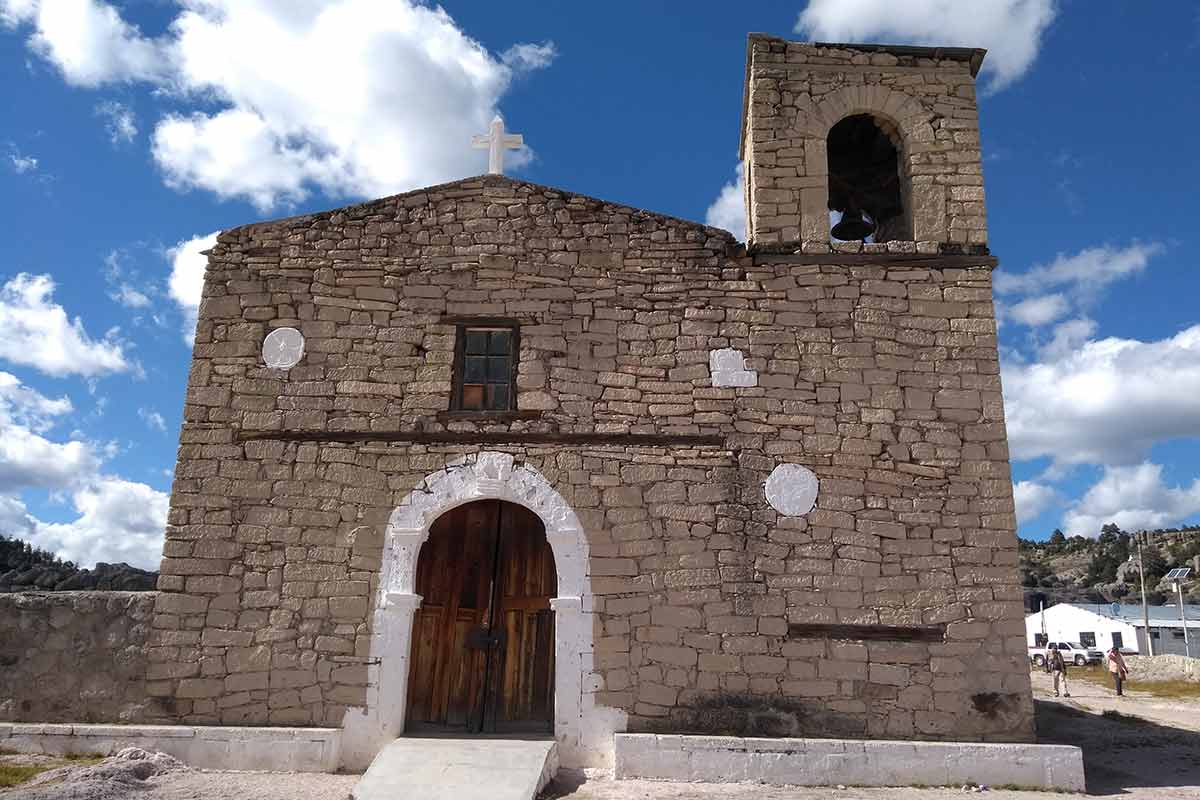
There are lots of cool things to see nearby, such as Templo Cristo Rey, Artesanías Misión and Museo Casa de las Artesanías.
The must-visits out of town include the oldest colonial church in Northern Mexico – San Ignacio Arareco – as well as the peaceful Lake Arareco.
Basaseachi National Park
This stunning national park is the best area for untouched and idyllic scenery. It’s home to the thundering Basaseachic Falls, which is one of the tallest waterfalls in Mexico and crashes down from a height of 807ft.
Whilst here, you can also explore Candameña Canyon which is home to some pretty impressive scenery. This national park is located a few hours north of Creel and can be reached either using a tour or by driving.
Barrancas
Another great area for heights and taking in incredible views. Barrancas in our opinion has the best mirador of all the destinations here.
Here you can find lots of small food stalls that sell typical Chihuahuan food, including mole, as well as the staple Mexican foods such as tlayudas and tacos.
If you can try to eat local food when ever you can on this trip it makes a big difference. Barrancas is located only a short drive from Divisadero, so it’s pretty easy to see both within a half day.
El Fuerte
The first stop along the El Chepe (or last if starting from Chihuahua City), El Fuerte has been historically important in the region for its abundance of mining and agricultural activities.
It’s a nice area to stay in, especially with the beautiful Plazuela in town which is great for a photo op. You can also hike up the Mirador and look-out over the The Valley of Carapoa.
Guachochi
The other destination on our guide that is not reached by the El Chepe train, Guachochi is located roughly 80km south of Creel.
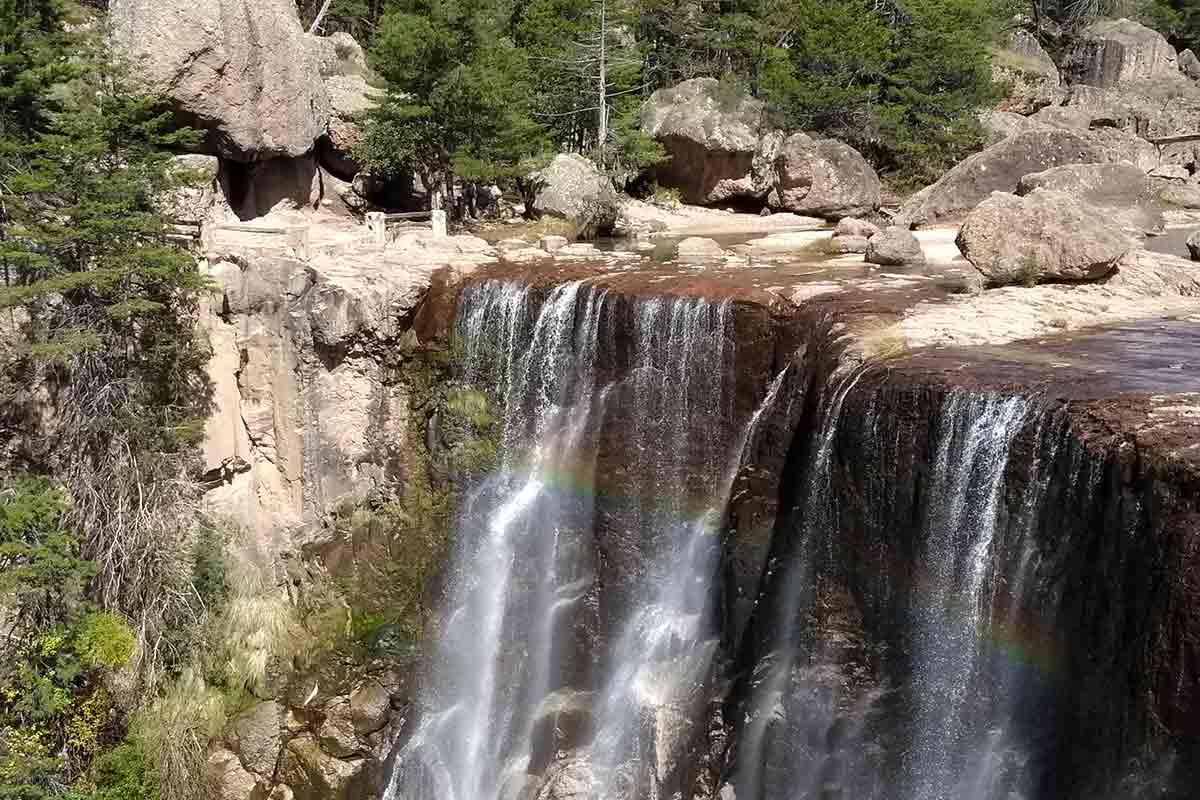
However, it is one of the best, untouched regions to explore in the state. Home to the picturesque Cusárare Falls, it’s also a great area for hiking and getting in touch with both nature and the local indigenous Tarahumara tribe.
You can easily hop on a day tour from Creel here, where you’ll go off-road using a 4×4 (and even a school bus!) to explore the mysterious region.
Copper Canyon Travel Tips
Here’s our top recommendations for visiting the Copper Canyon, and how to really enhance your experience here.
- We 100% recommend using the El Chepe train to explore the region. With its numerous stops and dependable service, it makes the most sense logistically and is also not too costly.
- Depending on where you’ll travel to or from, we’ve created a list of some the best hostels in Mexico if you want to check those out?
- For the best views and IG photos, head to Barrancas, where you’ll stand face to face with a horizon full of spiralling canyons and frightening drops.
- We recommend a minimum of 5 days to explore the region, which would typically include visiting Creel, and perhaps another two or three destinations on this list. For those who really want to dive in and see it all, you’ll need a good 7-10 days minimum.
- The best time to visit The Copper Canyon is between May until July, where temperatures are much better for being outdoors and hiking around.
Where to Stay in The Copper Canyon
At 25,000 square miles, the Copper Canyon is truly massive.
Thankfully with the several towns dotted throughout, it’s not too difficult to base yourself in different areas to explore the region.
Creel is by far the most popular, and you’ll feel like you’re returning to civilization if coming in after a few days from the other areas!
We recommend staying at Hotel Doña Crucita.
Both Barrancas and Divisadero are also popular areas to stay, with adequate amenities and food options around (much more so if you choose to stay in the hotels here). Cabaña Los Portales is our top pick for staying in this area.
The Copper Canyon is great for camping, with areas in Guachochi especially great for this experience. We didn’t camp so can’t recommend much here.
Best Time to visit The Copper Canyon
The Copper Canyon spans from near the coast to more inland, and as a result has a varying weather pattern depending on the area.
In Creel, the weather varies quite extremely depending on the season. Visiting between April and October is the best for warm weather, although rainfall peaks in July.
June is the warmest time to visit, with an average temperature of 67°F, and with highs of 82°F and lows of 50°F. The winter can drop into the freezing range, with snow occasionally falling around December and January.
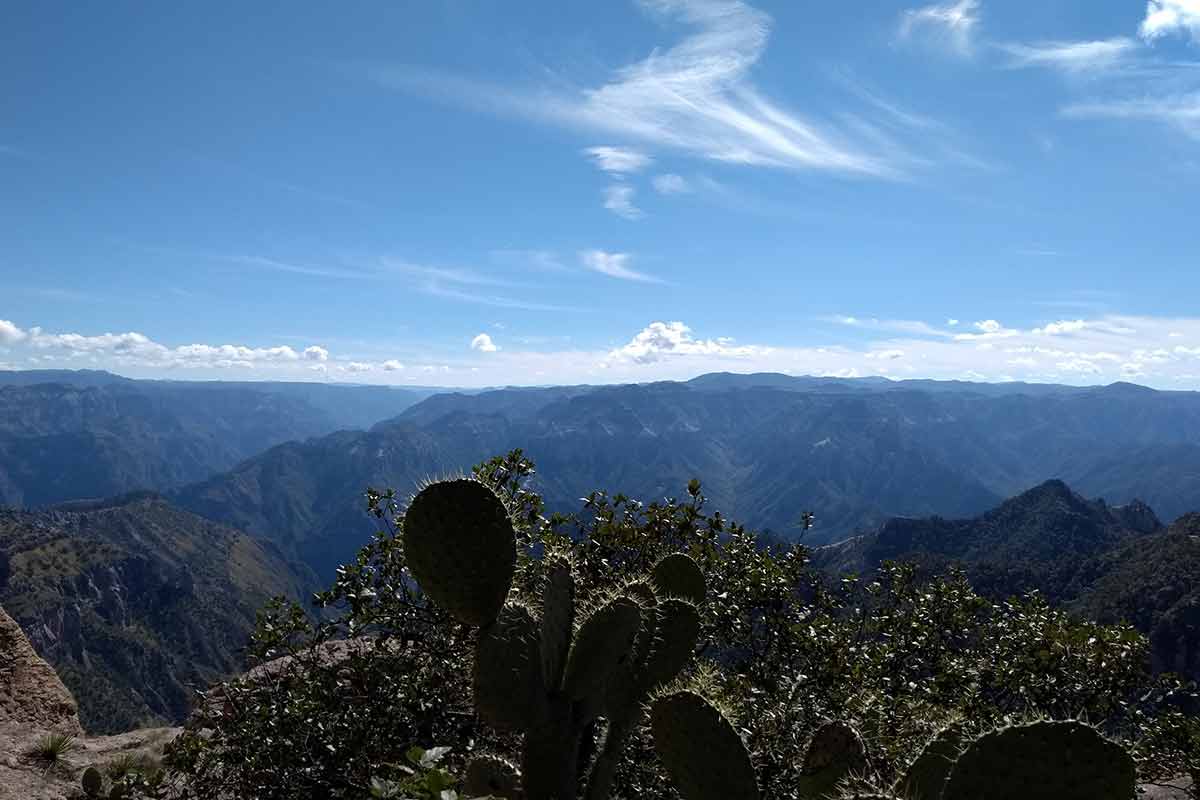
Barrancas follows a similar pattern. The winter months can get pretty cold, with lows of 30°F from December until February, and highs of up to 66°F.
Rainfall is very low during this time of year, with an average 3-4 days of rain for each month. The summer months are great to visit, with warm temperatures for hiking.
The average temperatures for these months are between 70-73°F, with the hottest highs of 86°F occurring in June. Rainfall is more frequent in the summer, which coincides with the wet season.
June and September average around 240mm of rain each, with July and August reaching a whopping 480mm+! If coming during the rainy season, be sure to carry this air-tight Poncho to keep you dry
Got travel insurance for The Copper Canyon?
Copper Canyon in Mexico
And that’s all for this in-depth guide to The Copper Canyon.
As you’ve seen, this massive region is full of incredible landscapes, indigenous communities and cultures, as well as adrenaline-rushing activities.
The Copper Canyon is also a great area to really get off the beaten path, so if you can factor more time for a trip here, you’ll definitely be rewarded for it.
In this guide, we’ve covered the bulk of The Copper Canyon, including what you can see here, the best activities, how to get here, when is best to go and much more.
We hope you enjoyed reading this guide! If you have any questions, feel free to drop a comment below and we’ll get back to you as soon as we can.
Also, be sure to check out our backpacking Mexico guide for ideas on where else to go and what else to see in Mexico’s seven states.
👉🏽 P.S. If you’ve found this guide helpful, buy us a coffee here to say thanks! Or, support us by downloading our South America Travel Bible to get our best content.
“Dear traveler! Some links in this post contain affiliate links. Meaning, if you click through and make a purchase, book a hostel or sign up for a tour, we may earn a small commission at no additional cost to you. Your support means a lot and helps us to carry on traveling and maintaining the quality of this site for you.”


